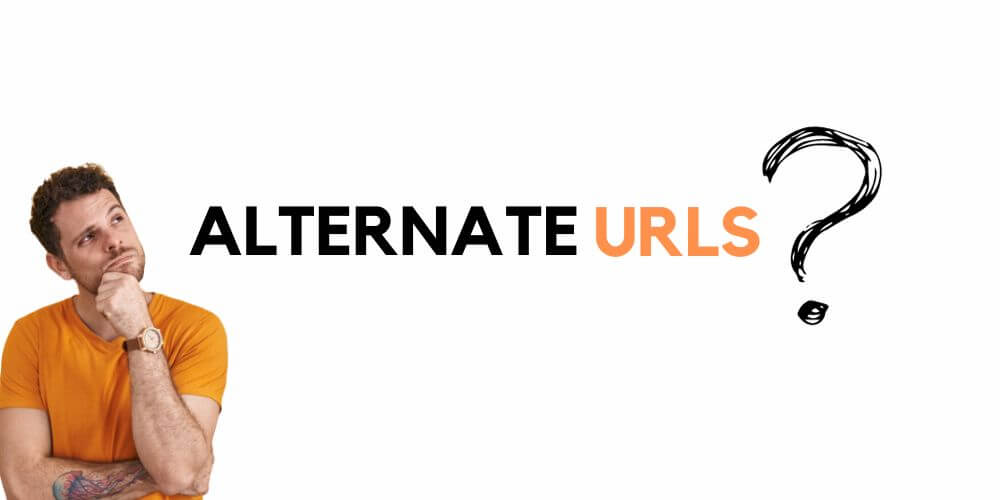Alternate URL
You might have noticed there are certain websites that run their web content in different languages. Well! In that case, Google marks these pages as alternate.
Still Confused?
Let’s go a bit deeper.
Let’s say you have a website that you want people to access on both their desktops as well as mobile phones. In this case, you might create two different versions of your website so that you can reach out to both forms of audience. Now, when you created the two different versions, Google found out about it.
Similarly, you created the website in two or multiple languages. As a result, you will have separate pages for different languages.
Google, in all these cases, plays the role of a smart organizer. It knows that your website is running in different versions and has separate pages for different languages. It maintains a record of all the data. As a result, as per the user’s query on Google, it will display the relevant result on the screen.
Let’s say a visitor is using a mobile phone, in this case, Google will show the mobile version of your website. Similarly, if he was looking for your website in Arabic, it will display the Arabic version of the website.
In order to organize and manage all the hassle, Google marks these different versions or languages as “alternate”.
Even the page creator can put labels to make it easier for Google to recognize certain pages and display results accordingly.
You can use the hreflang or rel = alternate tag in the HTML code, HTTP Header, or Sitemap. Using these methods, you can tell Google about your content variations.
Generally, an Alternate tag is used when you want to display your content in a new language or there are country-based language variations.
Check out the Guidelines for all the above-listed methods, click here.
